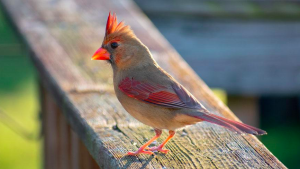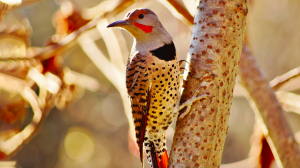What to Do if You Find a Baby Bird: A Guide to Providing Proper Care and Support
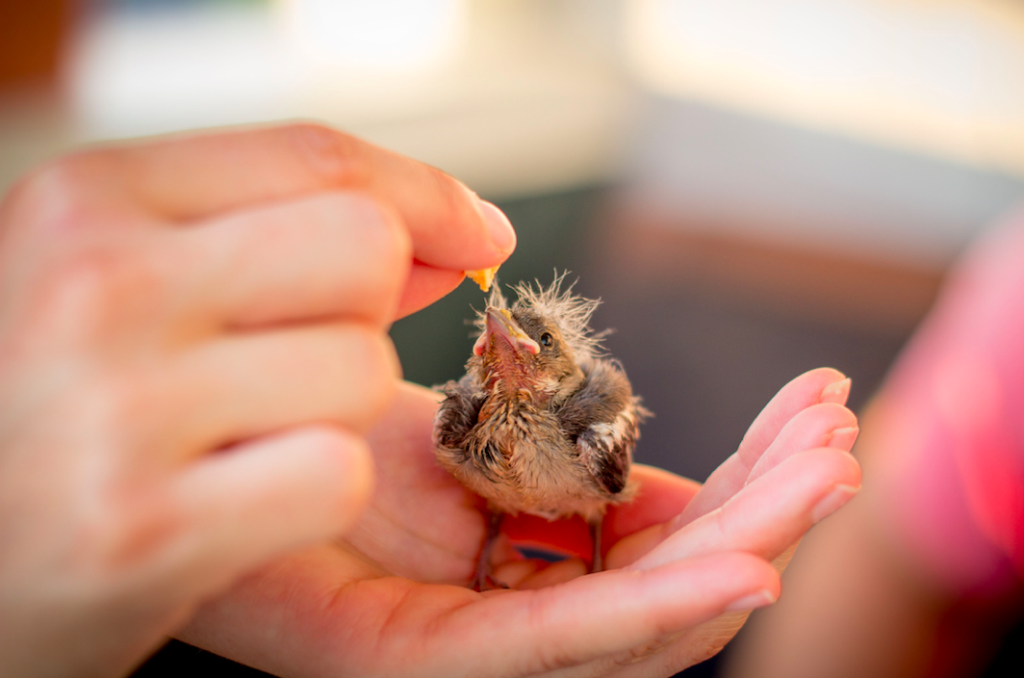
baby bird
I Found a Baby Bird. What Do I Do?
Have you ever encountered a baby bird on your property or during a nature walk? It’s natural to feel compelled to help the little creature, but caring for a baby bird requires special attention and care. This article will show you the measures you should take if you find a nestling, including assessing the situation, contacting a wildlife rehabilitation center, providing temporary care, feeding the baby bird, keeping the baby bird safe, and releasing the bird at the appropriate time.

Assess the Situation
Assessing the situation is the first step when you find a baby bird. Determining whether the bird is in immediate danger or can be left alone is essential. If the baby bird is uninjured and you can see the nest, leave it where best. The parents are likely nearby and will continue to care for the baby. However, if the bird is injured or the nest has been destroyed, you need to take action.
If the bird is injured, try to determine the nature and extent of the injury. Look for visual indications of injury, such as bleeding or a broken wing. If the bird is bleeding, try to stop the bleeding by applying pressure with a clean cloth. If the bird has a broken wing, contact a wildlife rehabilitation center immediately.
If the nest has been destroyed, you may need to create a makeshift nest for the baby bird. Use a small box or basket lined with soft materials such as grass or leaves. Put the nestling in the nest and try to position it in a way that mimics its natural position in the nest. Keep the makeshift nest quiet and warm until you can contact a wildlife rehabilitation center.
It’s important to remember that not all baby birds need to be rescued. Sometimes, nestling may leave the nest before they can fly. It is a natural part of their growth, and the parents will continue to care for them. If you see a tiny bird on the ground, observe it from a distance to see if the parents return to care for it. If the parents do not return after several hours or the baby bird is injured, contact a wildlife rehabilitation center.
Contact a Wildlife Rehabilitation Center
Suppose you’ve assessed the situation and determined that the baby bird needs assistance. In that case, you need to call a wildlife rehabilitation center. These centers are staffed by trained professionals with the experience and knowledge to care for injured or orphaned wildlife.
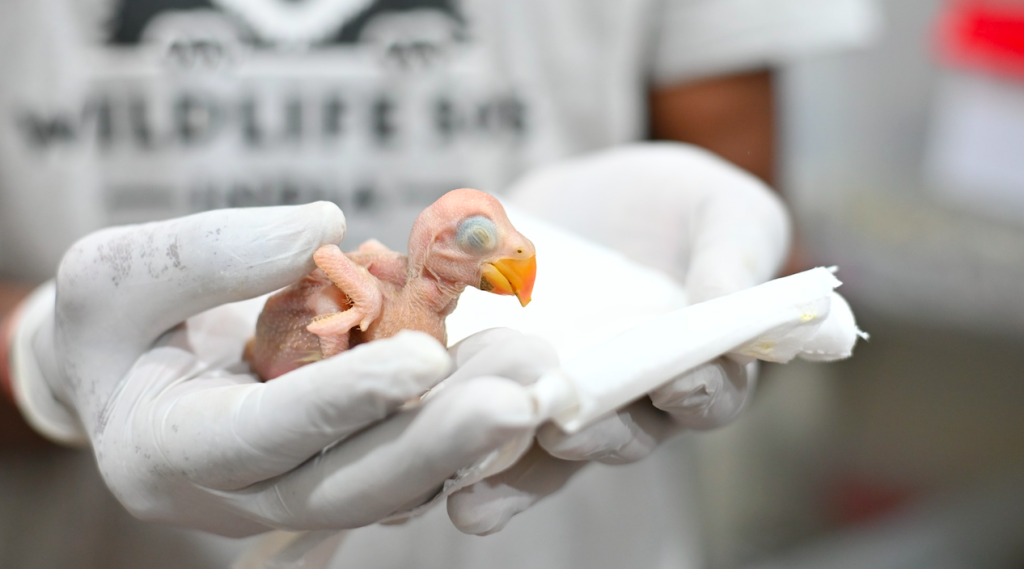
When you contact a wildlife rehabilitation center, they will ask you for information about the bird’s condition, location, and other relevant details. They may also provide instructions for transporting the bird to their facility. Following their instructions is essential, as handling wildlife can be dangerous for the animal and the handler.
When transporting the baby bird, it’s essential to keep it warm and quiet. Place the makeshift nest or a soft towel in a well-ventilated box or carrier and make sure the bird is secure. Avoid feeding or giving the bird water, as this can cause further harm.
Once you arrive at the wildlife rehabilitation center, the staff will examine the baby bird and provide it with the necessary medical care. They will also provide the bird a safe and appropriate environment to recover and grow. Depending on the bird’s condition, it may take several weeks or even months of care before it can be released back into the wild.
It’s important to remember that wildlife rehabilitation centers rely on donations and volunteers. If you cannot transport the baby bird yourself, consider donating to the center or volunteering your time to help care for injured or orphaned wildlife. By working together, we can help assure that all animals, including nestling, receive the care they need to survive and thrive.
Providing Temporary Care
Suppose you’ve assessed the situation and determined that the nestling needs temporary care. In that case, you may require to provide it with shelter, warmth, and food until you can contact a wildlife rehabilitation center or a licensed wildlife rehabilitator. Here are some tips for providing temporary care for a baby bird:
- Keep the bird warm: Baby birds cannot regulate their body temperature and require a warm environment to survive. Use a heating place set on low or a hot water bottle wrapped in a towel to warm the bird.
- Provide shelter: A small box or basket lined with soft materials such as grass, leaves, or paper towels can serve as a temporary nest for the baby bird. Ensure the box is well-ventilated and secure, with no gaps or holes from which the bird can escape.
- Feed the bird: Baby birds require a specialized diet rich in protein. If you can access bird feeders, you can offer the bird mealworms or small insects. If you don’t have access to bird feeders, you can create makeshift bird food by mixing one part hard-boiled egg with two parts dry dog food. Mash the mixture into small pieces and offer it to the bird using tweezers or forceps.
- Keep the bird quiet: Baby birds can quickly become stressed or frightened by loud noises or sudden movements. Keep the bird in a quiet location away from pets and children.
It’s important to remember that providing temporary care for a baby bird is a short-term solution. Baby birds require specialized care that only a licensed wildlife rehabilitator or rehabilitation center can provide. Contact a licensed rehabilitator for guidance and assistance if you cannot transport the nestling to a wildlife rehabilitation center.
Feeding the Baby Bird
Feeding a nestling can be a delicate and challenging task, requiring a specialized diet rich in protein and nutrients. Here are some tips for feeding a baby bird:
- Determine the bird’s age: Different bird species require different diets depending on their age. If you need clarification on the bird’s age, take a photo and show it to a licensed wildlife rehabilitator or veterinarian.
- Determine the bird’s diet: Once you know its age and species, you can determine its diet. Some birds require a diet of insects or live prey, while others can be fed a specialized formula or a mixture of hard-boiled eggs and dry dog food.
- Use the right tools: Depending on the bird’s size and age, you may need different feeding tools, such as a syringe or pipette. Make sure the tools are clean and sterile before use.
- Feed the bird slowly: Offer the food slowly and gently, ensuring not to force-feed the bird. Depending on the bird’s age and condition, you may need to feed it every 15-30 minutes.
- Watch for signs of distress: If the bird is showing signs of distress, such as difficulty breathing or regurgitation, stop feeding it immediately and seek veterinary assistance.
It’s important to remember that feeding a baby bird can be complex and delicate. If you need help with how to feed the bird or if it’s showing signs of distress, contact a licensed wildlife rehabilitator or veterinarian for assistance. They will give you advice and support to ensure the bird receives the proper nutrition and care it needs to grow and thrive.
Keeping the Baby Bird Safe
Keeping a baby bird safe is crucial to its survival and well-being. Here are some advice for keeping a nestling safe:
- Keep the bird away from predators: Baby birds are vulnerable to predators such as cats, dogs, and snakes. Keep the bird in a secure and enclosed area, away from pets and wild animals.
- Keep the bird away from hazards: Baby birds can quickly become injured or trapped in household hazards such as electrical wires, sharp objects, and toxic substances. Keep the bird in a safe and hazard-free environment.
- Handle the bird with care: Be gentle and careful when handling a baby bird. Use clean and sterile gloves or wash your hands thoroughly before and after handling the bird.
- Keep the bird in a quiet and calm environment: Loud noises and sudden movements can stress and frighten a baby bird. Keep the bird in a quiet and calm environment, away from loud music, television, and other disturbances.
- Do not release the bird prematurely: Baby birds require specialized care and attention until they are strong enough to fend for themselves. Do not release the bird prematurely, as it may not survive independently.
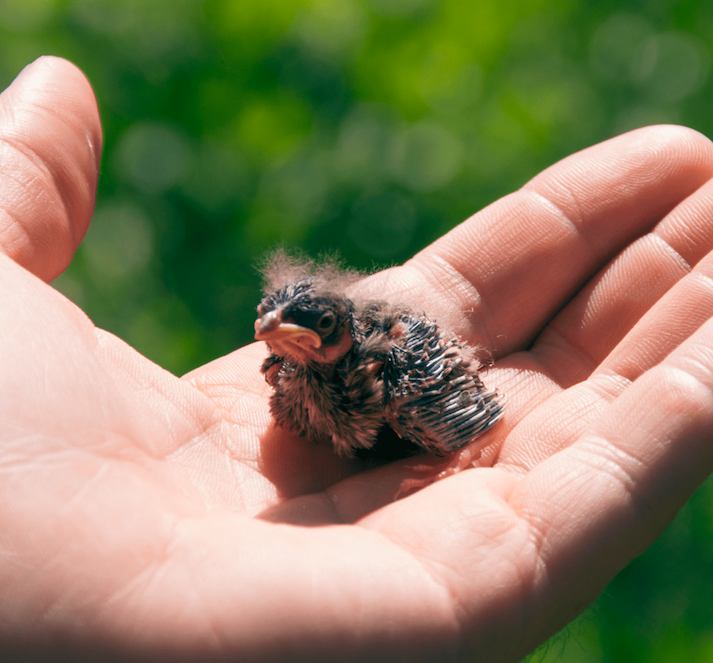
It’s important to remember that baby birds require specialized care and attention to ensure their survival and well-being. If you need help caring for a baby bird, contact a licensed wildlife rehabilitator or veterinarian for guidance and support. They can provide the necessary resources and information to ensure the bird receives the proper care and attention.
When to Release the Baby Bird
Knowing when to release a baby bird is crucial to its survival in the wild. Here are points to consider before releasing a baby bird:
- Ensure the bird is fully feathered: Baby birds cannot regulate their body temperature until they have developed their complete set of feathers. Please make sure the bird has fully feathered before releasing it.
- Ensure the bird can fly: Baby birds must learn to fly before being released into the wild. Ensure the bird is strong enough to fly and has had enough practice before releasing it.
- Ensure the bird is healthy: A bird is more likely to survive in the wild. Ensure the bird fully recovers from injuries or illnesses before releasing it.
- Choose an appropriate release site: The site should be a suitable habitat for the bird and away from potential hazards, such as busy roads or power lines.
- Gradual acclimation: If the bird has been in human care for an extended period, it may need to be gradually acclimated to the wild. Consider a pre-release period where the bird is kept in a large enclosure outside, giving it time to adapt to its natural surroundings.
- Monitor the bird after release: After releasing the bird, monitor it for a few days to ensure it adapts well to its new environment and finds food and shelter.
Remember that releasing a baby bird into the wild is critical in its rehabilitation process. It should only be done when the bird is fully prepared and can survive independently. If you need more clarification about releasing the bird, contact a licensed wildlife rehabilitator or veterinarian for guidance and support. They can provide the necessary resources and information to ensure the bird’s successful release.
Conclusion
In summary, finding a baby bird can be a delicate situation, but taking the appropriate steps can ensure it receives the care it needs to survive and thrive. Remember to assess the situation, contact a wildlife rehabilitation center, provide temporary care, feed the nestling the appropriate food, keep it safe, and release it at the appropriate time. Above all, it’s important to remember that wild animals are best left in the care of professionals who can provide the specialized care they require.
FAQs
- Can I keep the baby bird as a pet? No, it is prohibited to keep wild birds as pets.
- Can I raise the baby bird on my own? It’s not recommended, as wild birds require specialized care that you may not be equipped to provide.
- How can I tell if the baby bird is injured? Look for visible indications of injury, such as bleeding or a broken wing. If you’re unsure, contact a wildlife rehabilitation center.
- What should I do if I find a nest with baby birds? Leave the nest alone, as the parents are likely nearby and will continue to care for the babies.
- How can I prevent baby birds from falling out of nests in the first place? Install a barrier around the nest, such as a piece of wire mesh, to prevent the babies from falling out.

